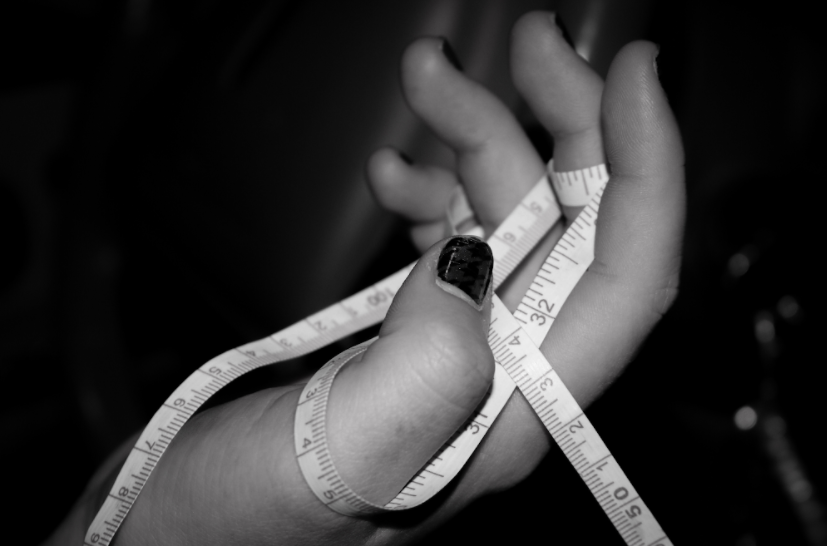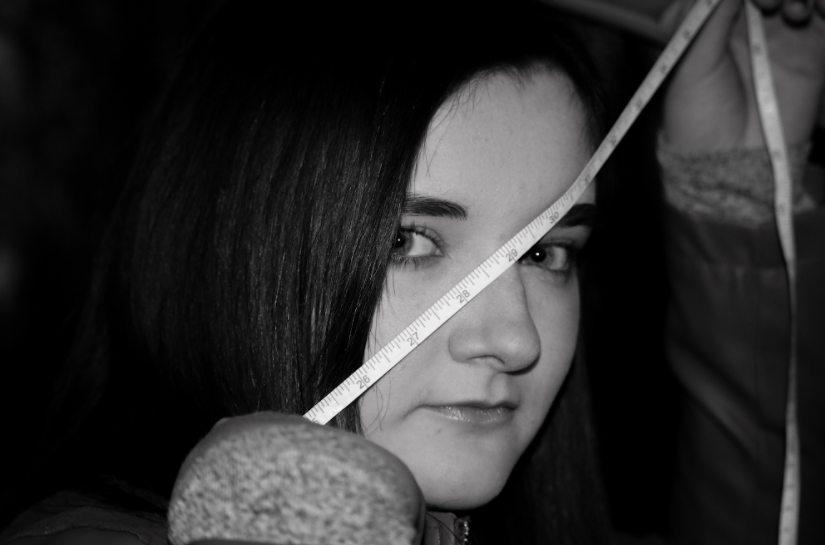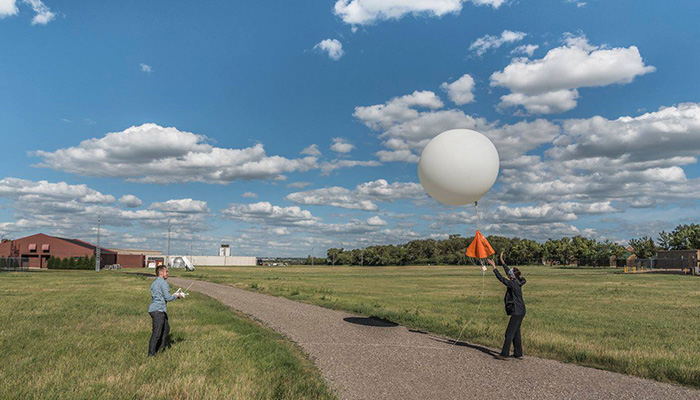Social Media & Body Image

Story by: Brittanie Rooney
As the COVID-19 pandemic gradually worsens and we become more and more reliant on the modern entities of technology and social media, it is important that we take a step back and remind ourselves of the negative impacts of the popular machinery.
The force of social distancing is provoking people, especially teenagers, to rely heavily on social media to connect with family and friends. As teenagers expose themselves more frequently to Instagram models and influencers, they begin to have a distorted idea of what realistic body types are, which reflect onto them and their body image.
When asked about the impact of social media influencers on their perception of body image, many young teens had the same opinions.
A 15-year-old male, who wishes to remain anonymous, explained what affect that the social media figures he sees on a daily basis have on his body image.
“I would say that a majority of influencers I see do not support a positive body image, they promote difficult to obtain images,” he explained. “But I do see myself imitating many influencers.”
This seems to be a common occurrence, especially within the typical teenage environment. Despite one’s effort to avoid the false presentations of ‘average’ bodies, the common self-reflection seems to be inevitable.
In a 2019 study conducted by the Florida House Experiment, 1,000 men and 1,000 women were surveyed and were asked questions in regards to their body image and the amount of time they spent on social media.
“It found that 87% of women and 65% of men compare their bodies to images they consume on social and traditional media,” an article about the survey stated. “In that comparison, a stunning 50% of women and 37% of men compare their bodies unfavorably.”
As a result of this constant comparison, teenagers and adults across the globe have found themselves at the brink of illness- in eating disorders.
As of 2019, eating disorders such as anorexia nervosa, bulimia nervosa and binge eating disorder have affected approximately 9% of the world’s population, which is around 702 million people.
According to anad.org, 10,200 deaths every year are the direct result of an eating disorder. This accounts for roughly one death every 52 minutes.
Dr. Anne E. Becker, professor at Harvard University Department of Global Health and Social Medicine, did a study in Fiji in 1995 when Fiji first broadcasted television to the country. At this time, the amount of teenage females who had an eating disorder was zero.
“We did the same thing in 1998, after the group had been exposed to television,” Dr. Becker explained. “We measured the differences, and the striking indicator is the change in the percentage of girls who had actually purged to control weight in that period of time.”
Another interview that was done in 2018 was conducted by Allure and contained multiple girls ages 6-18 who openly discussed their experience with social media and body image.
One of these girls, Chloe, who was 16 at the time, shared one of her experiences with how the media influenced her in a negative way.
“The other day, this girl I know posted on her [Instagram] saying ‘People that don’t look good in bikinis shouldn’t go out in bikinis,’” Chloe shared. “It hurt a lot of my own friend’s feelings.”
Another young girl who participated in the interview shared her personal experience with a negative body image.
“I just sometimes feel really insecure in my own skin,” Rachel, age 14, explained. “There’s that whole trend in the media about the ‘thigh gap’. Like, I don’t have that, and it makes me not normal and not beautiful,” she expressed.
This impact of the media hit especially hard throughout the COVID-19 quarantine lockdowns. With an increase in screen time and a fear of weight gain, many teens and adults began to compare themselves even more to influencers on the media who seemed to have overly-productive days.
At the beginning of March, 21-year-old Afrah Howlander decided to do workouts from home because she wanted to maintain her New Year’s resolution, despite the closing of her city gym. But, as the days went on, she found herself worried more about what she looked like, rather than how she felt.
“I felt a lot of personal shame for not keeping up with exercise, especially over the summer,” Howlader explained. “I experienced a lot of fluctuating weight, which was hard. It definitely impacted my mental health. I felt like I didn’t have a productive day if I didn’t go out and exercise.”
Charlotte Markey, a psychology professor at Rutgers University, discussed why she thinks COVID-19 has had such a negative impact on body image.
“Young adults are having a hard time thinking about weight gain and their bodies, especially during the pandemic,” Markey explained. “There’s a lot of research accumulating that suggests that misinformation, like Photoshopped images or posts about dieting without any evidence, is detrimental to young people’s body image.”
A survey consisting of 8,000 people that was done in the United Kingdom recorded that 58% of the respondents under the age of 18 said that they felt worse about their physical appearance since the COVID-19 shutdowns.
More than anything, it is important that we remind adolescents of their worth— especially as the pandemic develops and young people expose themselves to the online world.
As we continue to fight the battles of quarantine and unrealistic body standards, it is important that we take the time to appreciate ourselves and our bodies— just the way that they are.

Photos by: Brittanie Rooney







